David Chipperfield-designed James-Simon-Galerie opens on Museum Island in Berlin

Berlin’s Museum Island on the River Spree welcomes a new addition – the James-Simon-Galerie designed by David Chipperfield Architects, which officially opens to the public on 12 July. The new building serves as a visitors’ centre for all five museums on the island, providing direct access to the Pergamon Museum (home to such treasures as the Ishtar Gate and the Pergamon Altar) and the Neues Museum (home to the Egyptian collection, including that iconic bust of Queen Nefertiti).
The primary function of the James-Simon-Galerie, explains Urs Vogt, Chipperfield’s project architect, ‘is to take the load of mass tourism’ and accommodate a projected peak rate of 10,000 visitors per day. Its other function is as a 24/7 public space. Hence, the architects pushed the technical functions of the building down into the basement, leaving the top as a ‘landscape, which connects views from the city to the island and back the other way’.
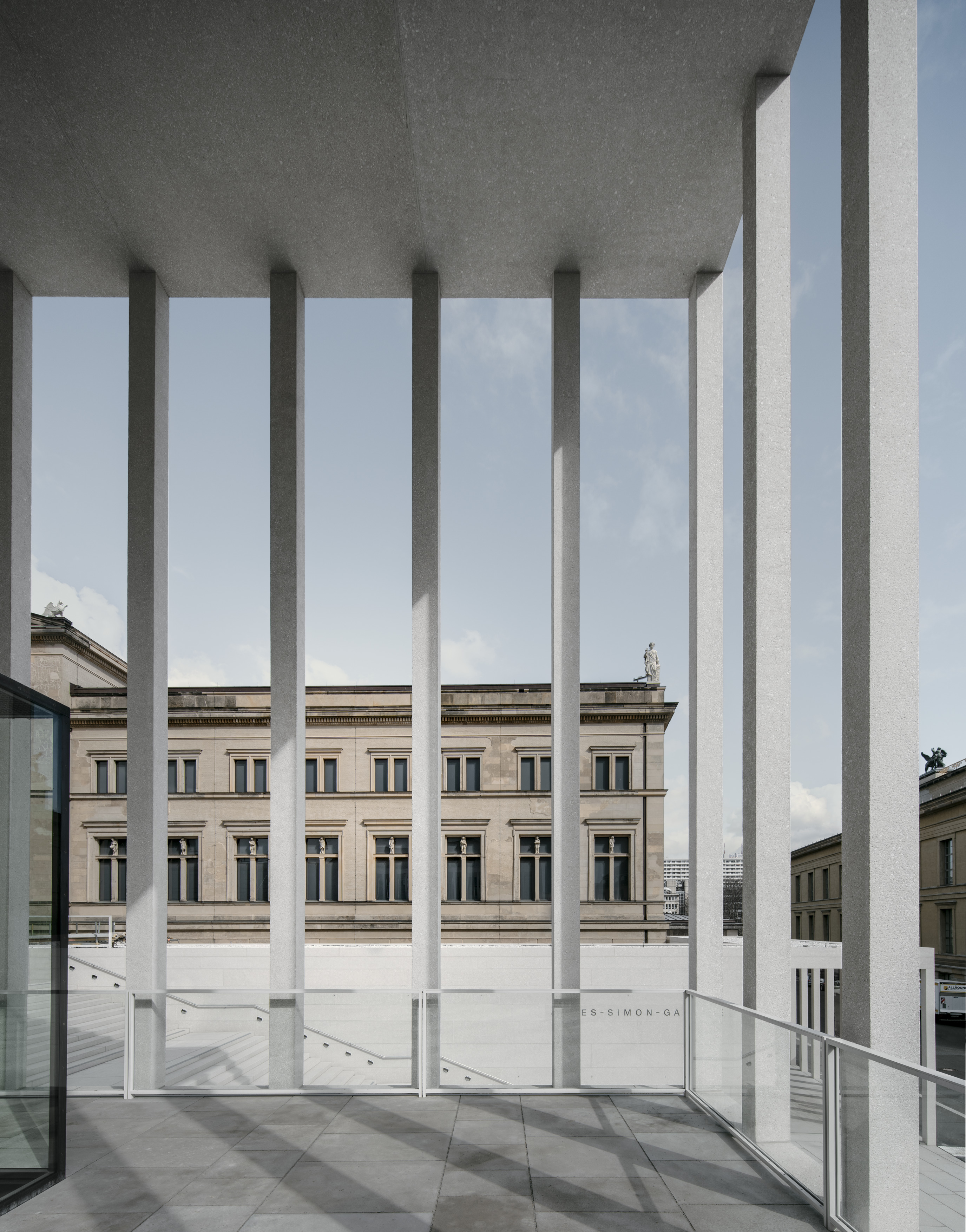
The modern building is rooted in its context – a long colonnade of slender pillars on top of the building is a stripped-down echo of the extensive 19th-century colonnades designed by Friedrich August Stüler on the rest of the island. Its visual dominance underscores the structure’s role as a simultaneously functional, connective and public space.
With its monolithic exterior of precast, sandblasted concrete and aggregate of local marble and sand, the building appears simple, but hides its own structural complexity. The island is basically a swamp and the entire building is sitting on 1,200 micropiles up to 50m long.
The architecture guides visitors from the glazed café area to the shop and cloakrooms, into the basement to the 300-seat auditorium, 650 sq m shared exhibition space, and the underground entrances to the future ‘archaeological promenade’ due for completion in 2025/26. ‘You can walk through the whole building without actually opening a door, except for the auditorium – everything is open,’ says Vogt.
The full version of this story appeared in the July 2019 issue of Wallpaper* (W*244)
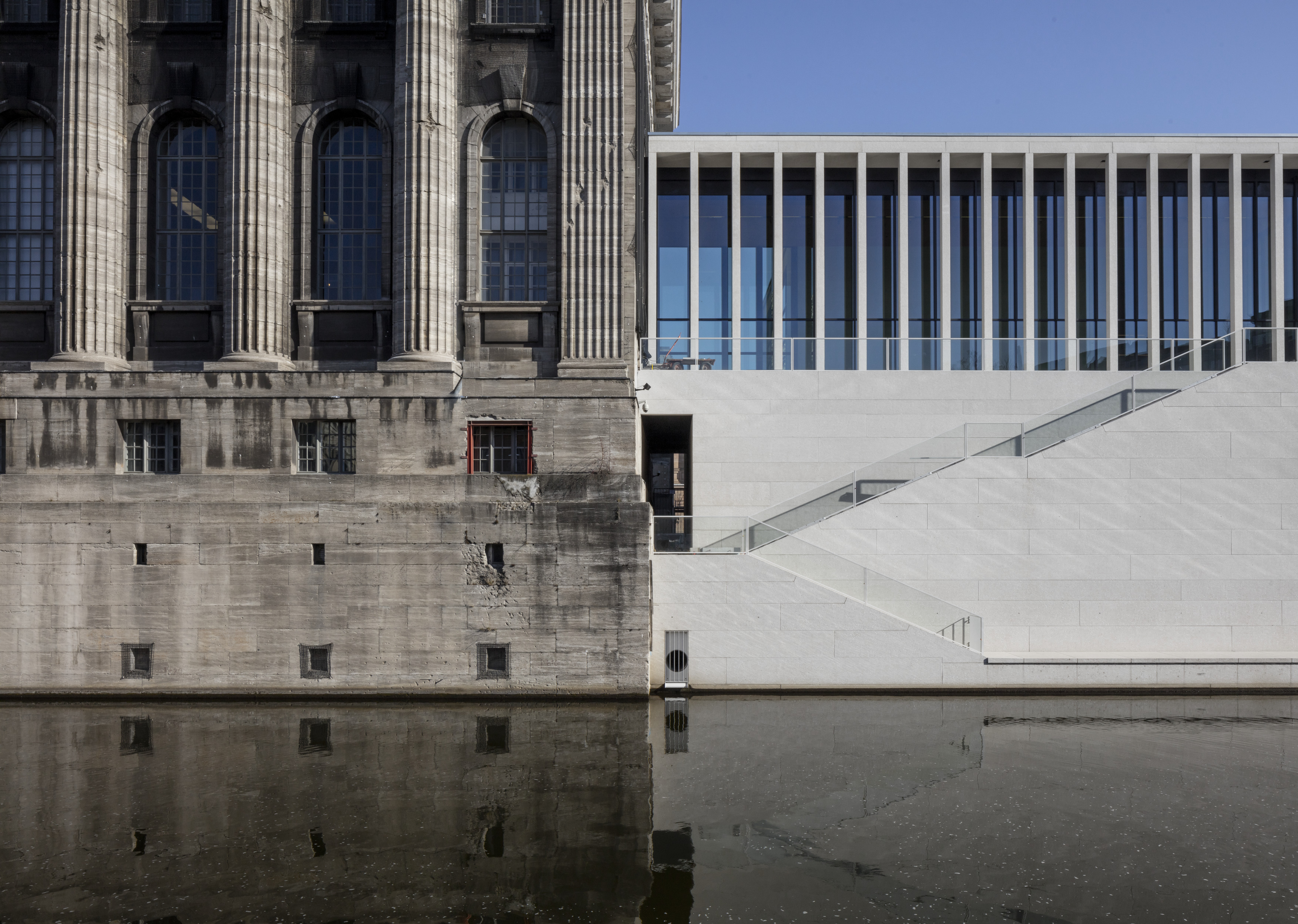
Connection with Pergamon museum.
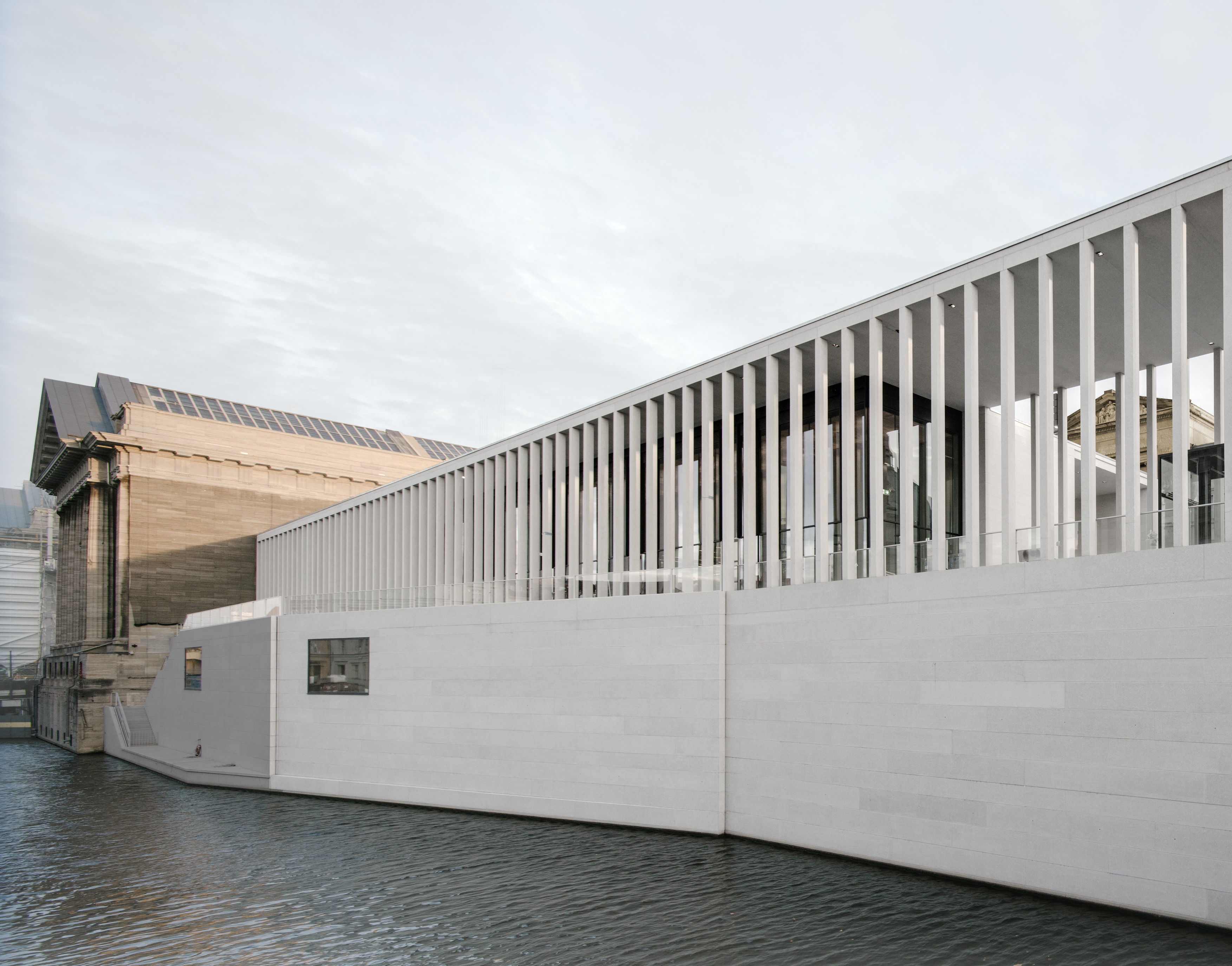
Plinth and tall colonnade.

Street level colonnade.

Main internal staircase.
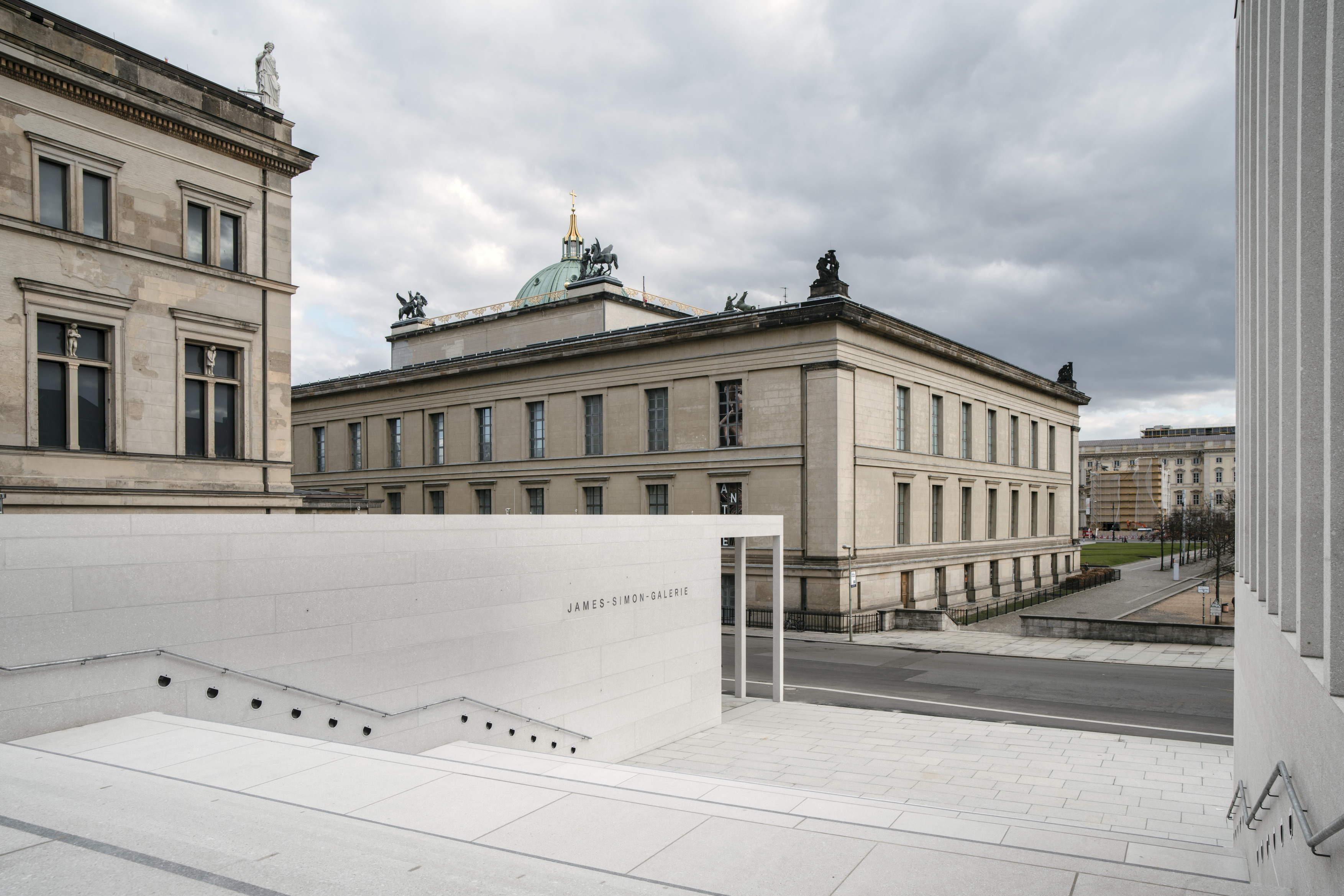
Grand staircase, view towards ‘Lustgarten’.
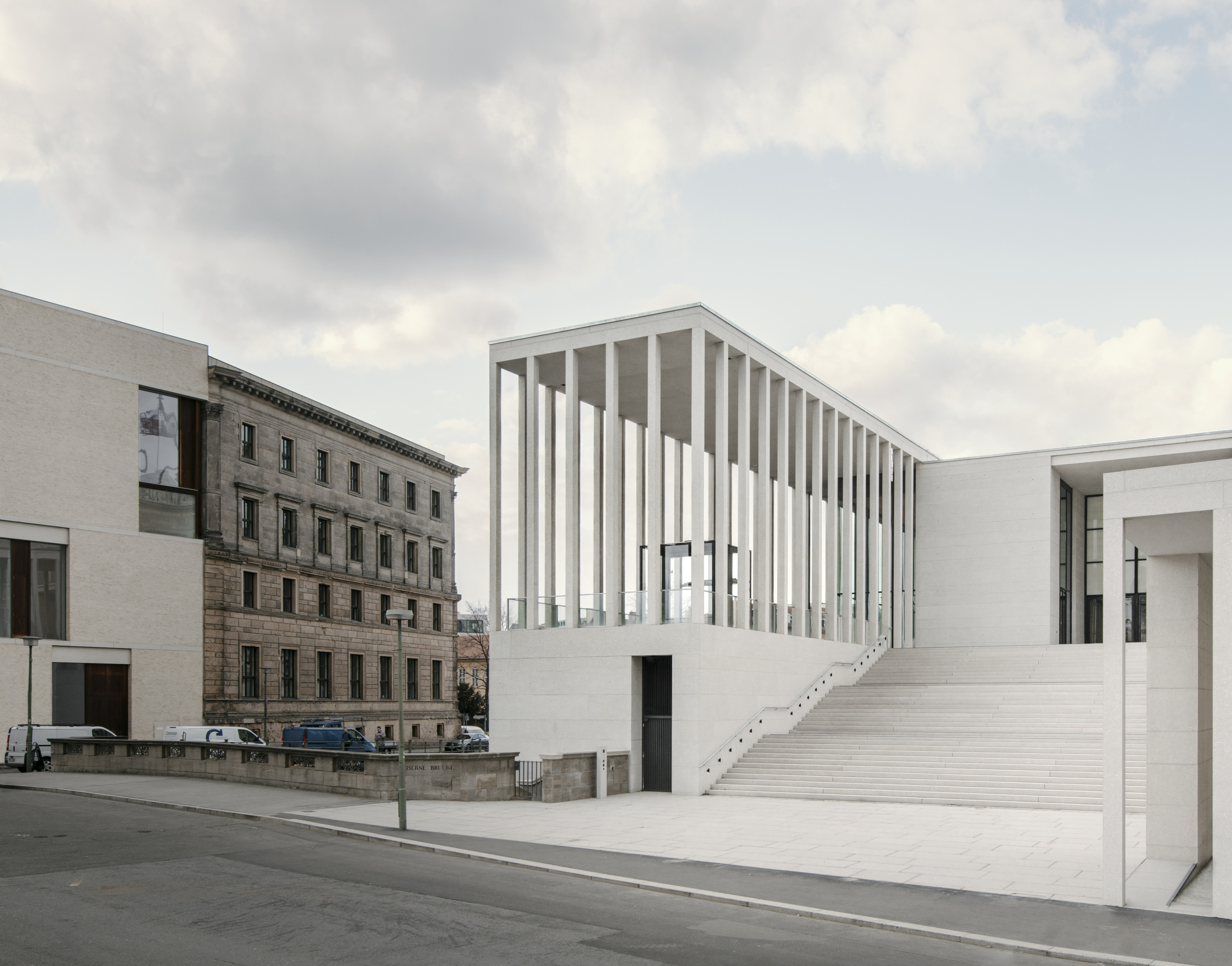
View towards the main entrance.
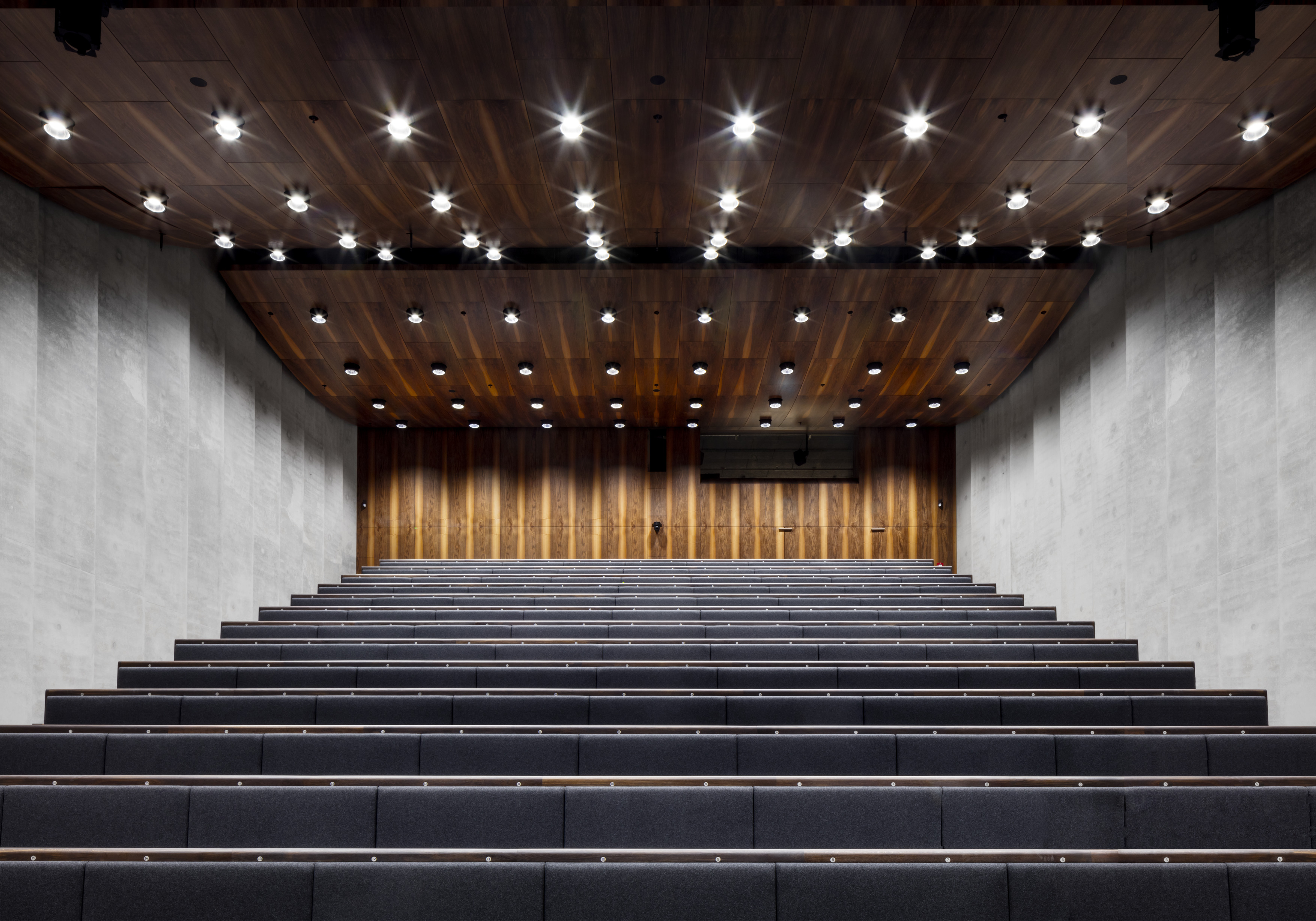
Auditorium.
Receive our daily digest of inspiration, escapism and design stories from around the world direct to your inbox.
-
 A compact Scottish home is a 'sunny place,' nestled into its thriving orchard setting
A compact Scottish home is a 'sunny place,' nestled into its thriving orchard settingGrianan (Gaelic for 'sunny place') is a single-storey Scottish home by Cameron Webster Architects set in rural Stirlingshire
-
 7 colours that will define 2026, from rich gold to glacier blue
7 colours that will define 2026, from rich gold to glacier blueThese moody hues, versatile neutrals and vivid shades will shape the new year, according to trend forecasters
-
 In Norway, discover 1000 years of Queer expression in Islamic Art
In Norway, discover 1000 years of Queer expression in Islamic Art'Deviant Ornaments' at the National Museum of Norway examines the far-reaching history of Queer art
-
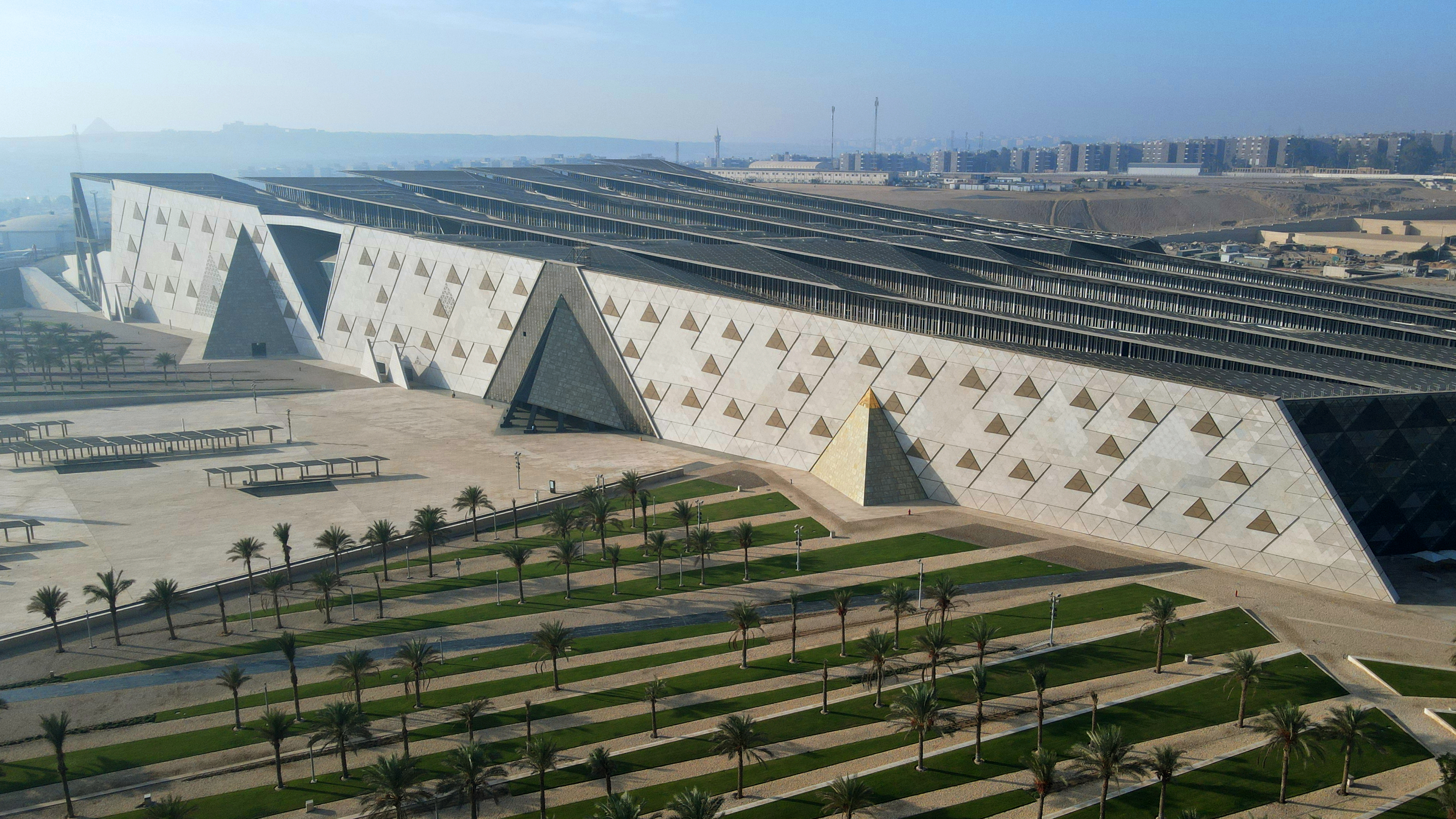 The Grand Egyptian Museum – a monumental tribute to one of humanity’s most captivating civilisations – is now complete
The Grand Egyptian Museum – a monumental tribute to one of humanity’s most captivating civilisations – is now completeDesigned by Heneghan Peng Architects, the museum stands as an architectural link between past and present on the timeless sands of Giza
-
 Doshi Retreat at the Vitra Campus is both a ‘first’ and a ‘last’ for the great Balkrishna Doshi
Doshi Retreat at the Vitra Campus is both a ‘first’ and a ‘last’ for the great Balkrishna DoshiDoshi Retreat opens at the Vitra campus, honouring the Indian modernist’s enduring legacy and joining the Swiss design company’s existing, fascinating collection of pavilions, displays and gardens
-
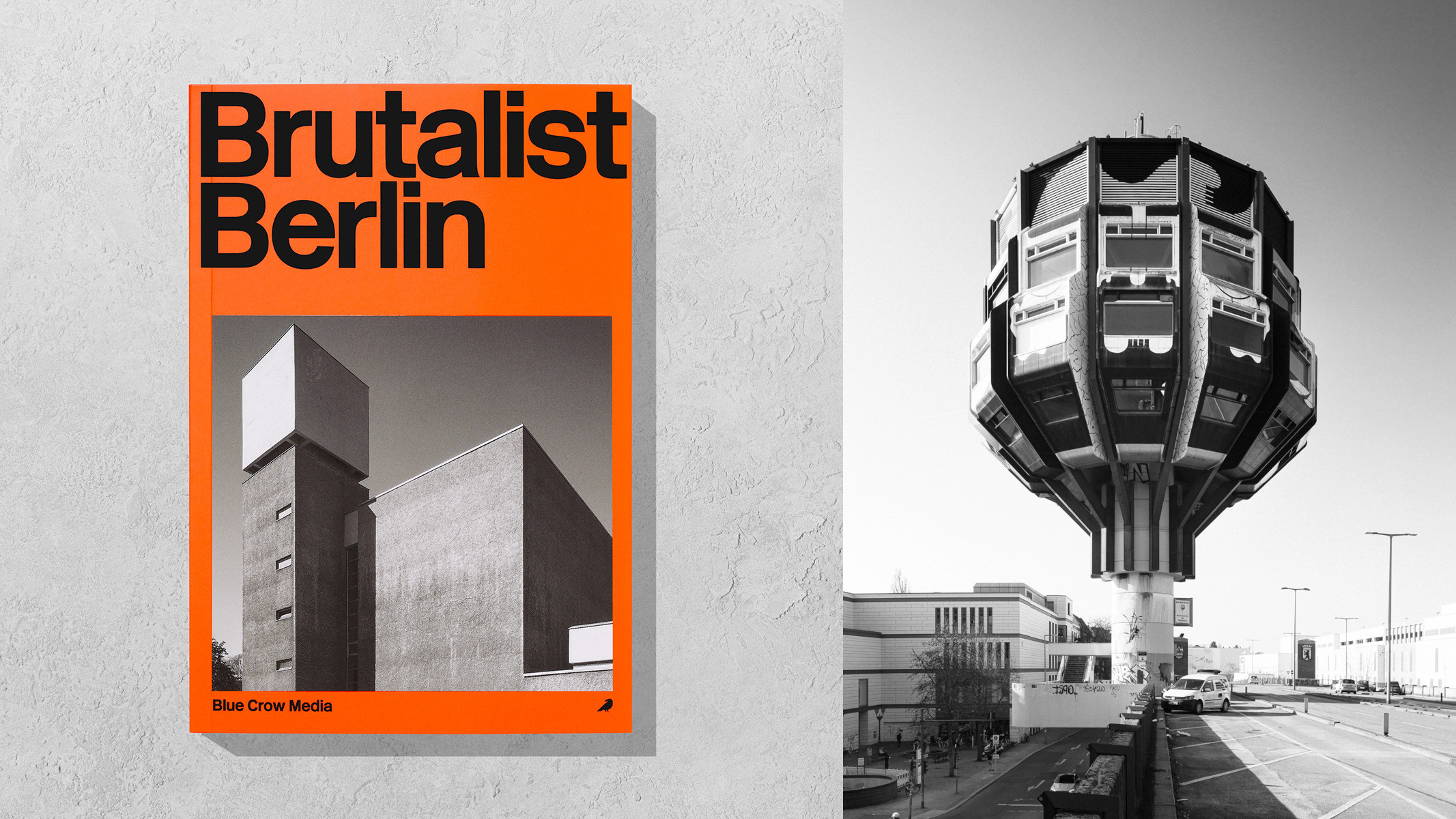 ‘Brutalist Berlin’ is an essential new guide for architectural tourists heading to the city
‘Brutalist Berlin’ is an essential new guide for architectural tourists heading to the cityBlue Crow Media’s ‘Brutalist Berlin’ unveils fifty of the German capital’s most significant concrete structures and places them in their historical context
-
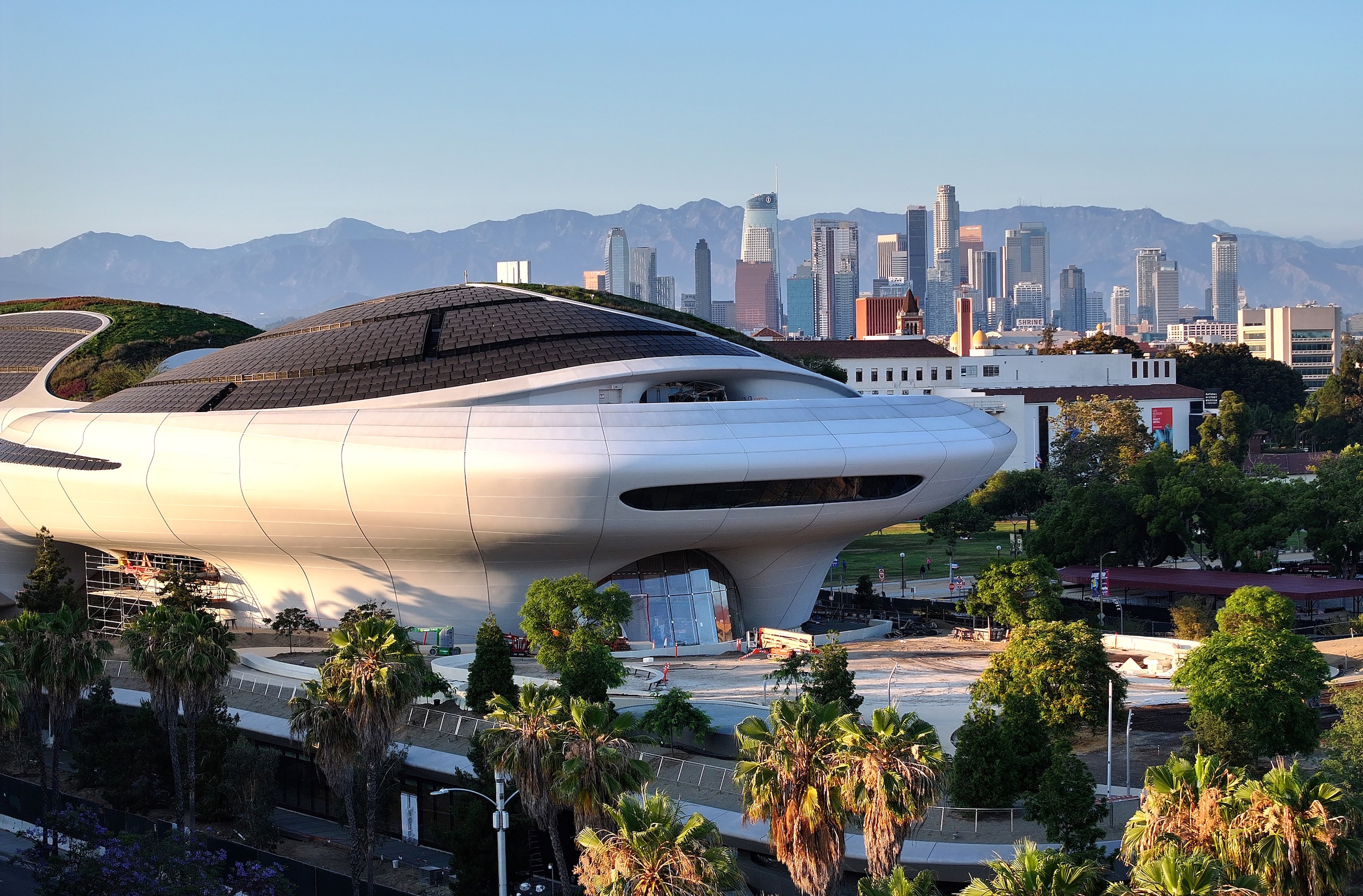 George Lucas’ otherworldly Los Angeles museum is almost finished. Here’s a sneak peek
George Lucas’ otherworldly Los Angeles museum is almost finished. Here’s a sneak peekArchitect Ma Yansong walks us through the design of the $1 billion Lucas Museum of Narrative Art, set to open early next year
-
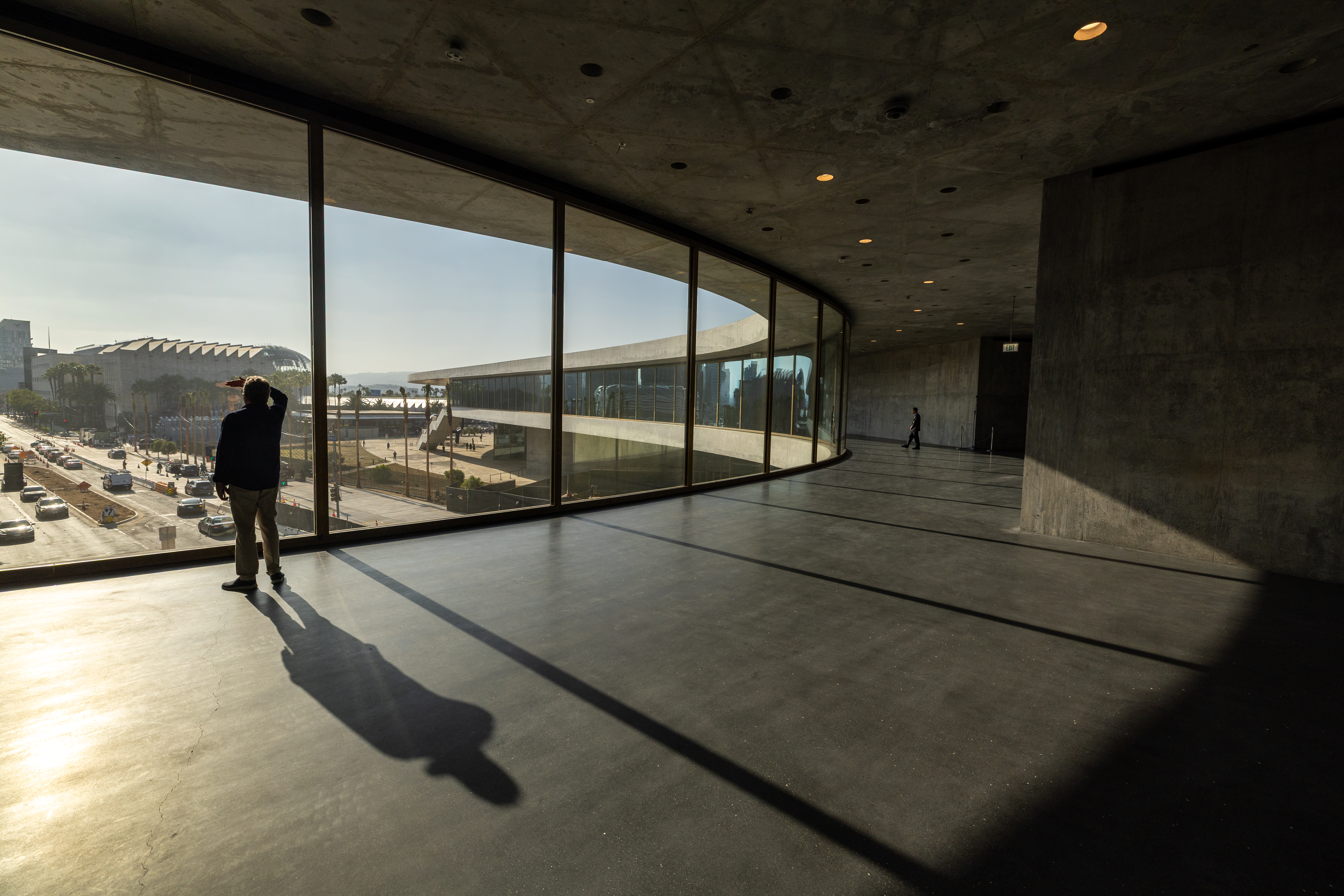 The great American museum boom
The great American museum boomNine of the world’s top ten most expensive, recently announced cultural projects are in the US. What is driving this investment, and is this statistic sustainable?
-
 A new book delves into Frei Otto’s obsession with creating ultra-light architecture
A new book delves into Frei Otto’s obsession with creating ultra-light architecture‘Frei Otto: Building with Nature’ traces the life and work of the German architect and engineer, a pioneer of high-tech design and organic structures
-
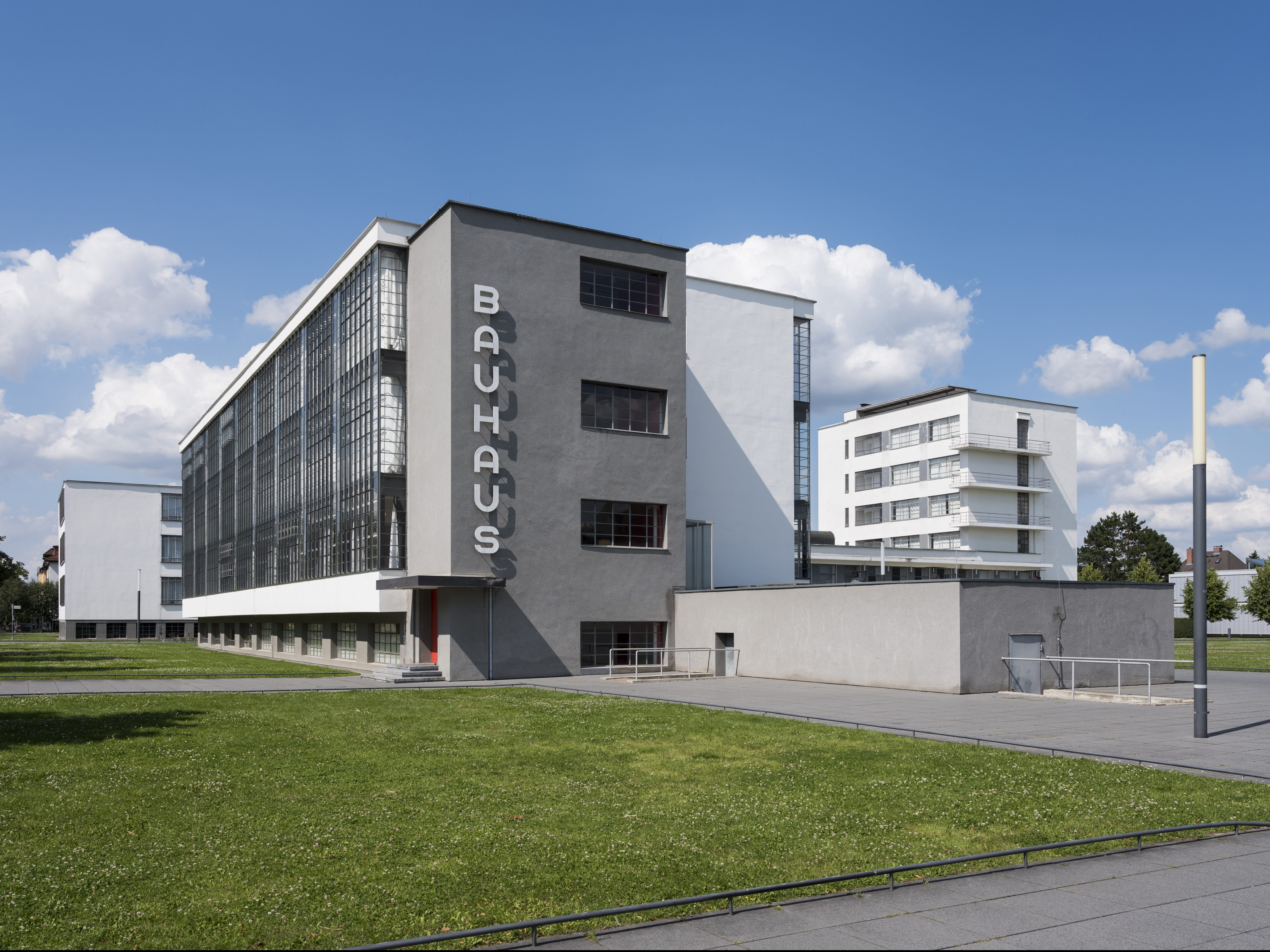 What is Bauhaus? The 20th-century movement that defined what modern should look like
What is Bauhaus? The 20th-century movement that defined what modern should look likeWe explore Bauhaus and the 20th century architecture movement's strands, influence and different design expressions; welcome to our ultimate guide in honour of the genre's 100th anniversary this year
-
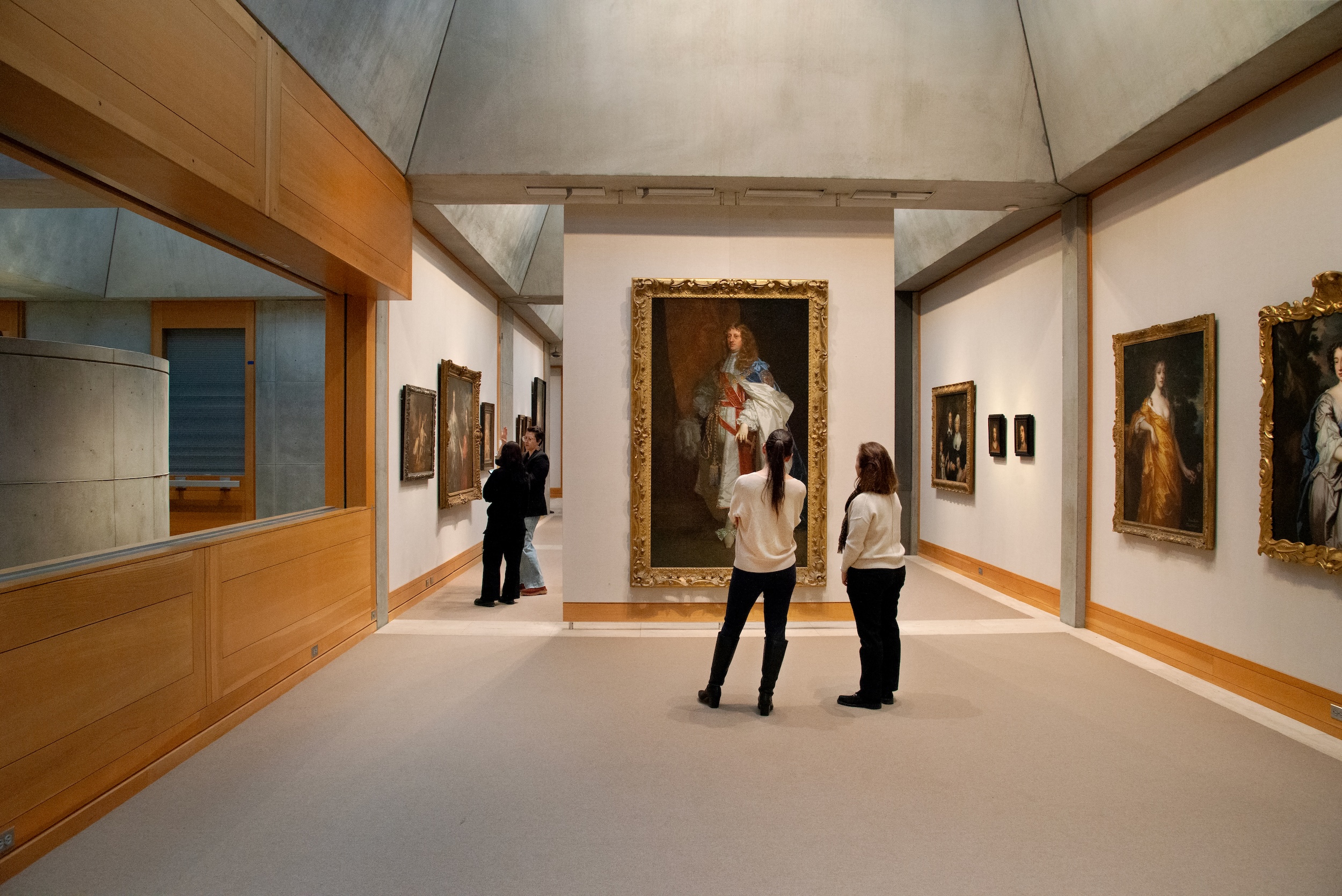 The Yale Center for British Art, Louis Kahn’s final project, glows anew after a two-year closure
The Yale Center for British Art, Louis Kahn’s final project, glows anew after a two-year closureAfter years of restoration, a modernist jewel and a treasure trove of British artwork can be seen in a whole new light